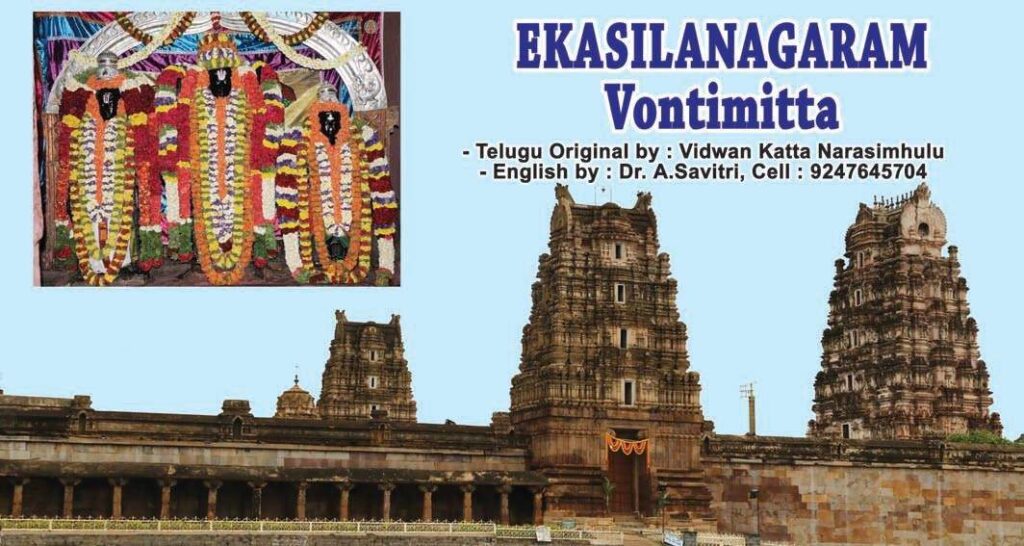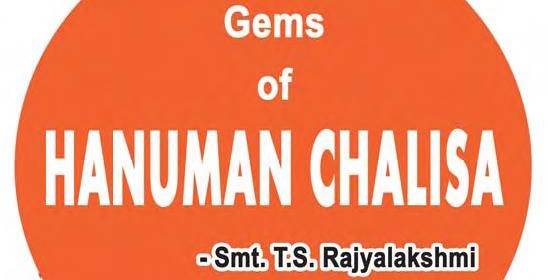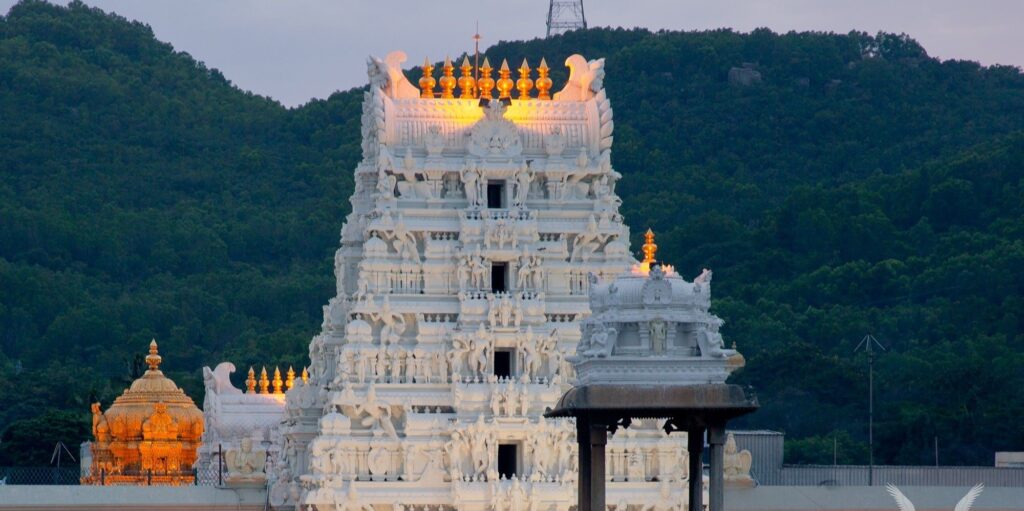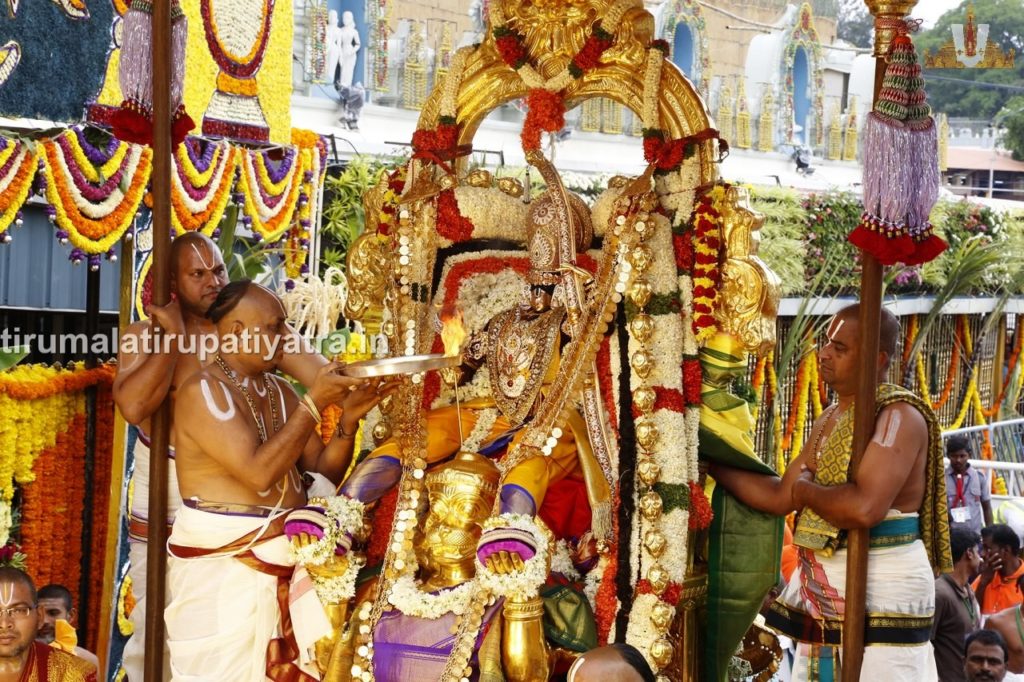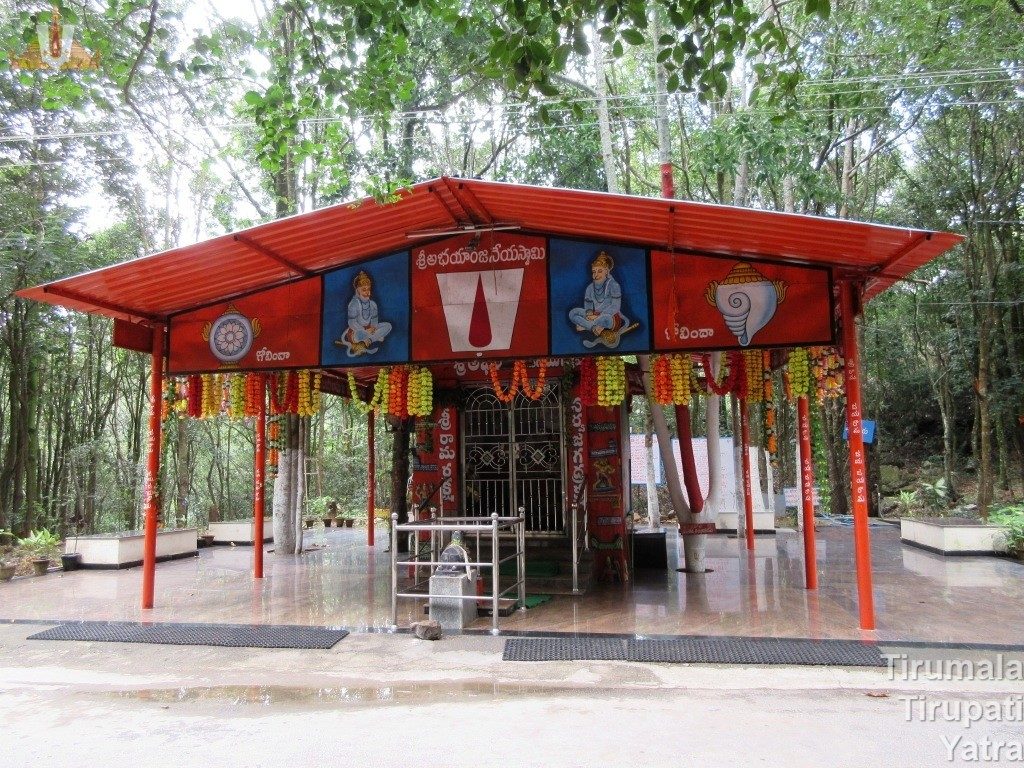SRI ANJANEYA SWAMI – The Foremost Devotee of Lord Srinivasa at Tirumala Sri Anjaneya Swami who is blessed by Lord Sri Rama in the previous Yuga for His devout services is now receiving worship from His devotees in Tirumala, the Kaliyuga Vaikunta. He gives His grand darshan in various postures in different places in Tirumala. Sri Read More
Tag: hanuman
There is no other Bhakta greater than Hanuman who had served Lord Ram. He is “Chiranjeevi” who lives ever. He had adopted the “Dasya Bhakti – Servant to Lord”.
Ekasila Nagaram, Vontimitta: Spiritual Guide
Sri Kodanda Ramaswamy – Ekasila Nagaram, Vontimitta Kodandarama Temple at Ekasila Nagaram, Vontimitta is a famous tourist centre. It is known for its architectural and historical significance. To know about the history of that magnificent masterpiece, one has to go back to the history incorporated in our ancient myths and puranas. According to the concept Read More
Sri AagnyaPaalaka Anjaneya Swami (Ramarmeda)
SRI ANJANEYA SWAMI – The Foremost Devotee of Lord Srinivasa at Tirumala Sri Anjaneya Swami who is blessed by Lord Sri Rama in the previous Yuga for His devout services is now receiving worship from His devotees in Tirumala, the Kaliyuga Vaikunta. He gives His grand darshan in various postures in different places in Tirumala. Sri Read More
Hanuman Chalisa Lyrics: Read, Listen & Understand the Meaning
Hanuman Chalisa “Hanuman Chalisa” was written by Tulasidas Goswami in praise of Hanuman. Why it is very popular? Because the hymn praises the devotee of the Supreme. If “Bhagavata” is praised, the Supreme Personality of Godhead becomes happy and blesses immediately. Lord is always fond of devotees. Such a devotee is Lord Hanuman the hero Read More
Ramulavari Meda (Rama’s Abode) – Tirupati Balaji Temple
Ramulavari Meda / Rama’s Abode As soon as you cross Snapana Mandapam there is a narrow 12″ x 10″ passage. This is known as Ramulavari Meda. Before 1262-65 A.D. the researchers believe that this was not there. They believe that this was a part of the present Vaikunta Pradakshina path. To enter Ramulavari Meda from Read More
Hanumantha Vahanam 2018
There is one ceremony or the other almost daily for Lord Venkateswara manifest on Tirumala. Different ceremonies are conducted on a grand scale for the Lord with different time frames— daily, fortnightly, monthly, and yearly. Of them, special mention may be made of annual Brahmotsavas. Devotees go on raptures witnessing the Lord on different carriages Read More
Anjaneya- Hanuman – Tirumala
Anjaneya / Hanuman A simple recollection of the name itself brings about a great joy propelled by Bhakti. A mere reflection of the imposing mountain range adds fervor to Prapatti. This one word is enough to create a ripple effect of utmost dedication. What makes the word so powerful and impactful? One reason is the Read More
